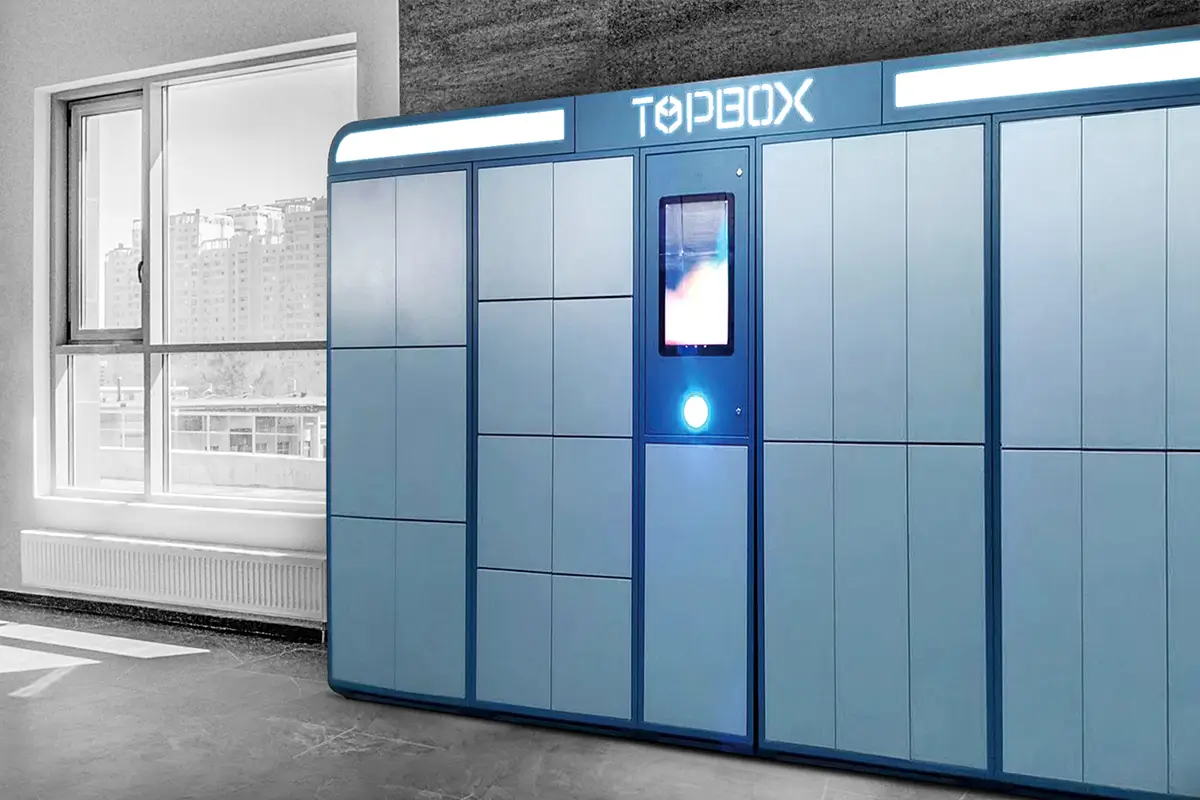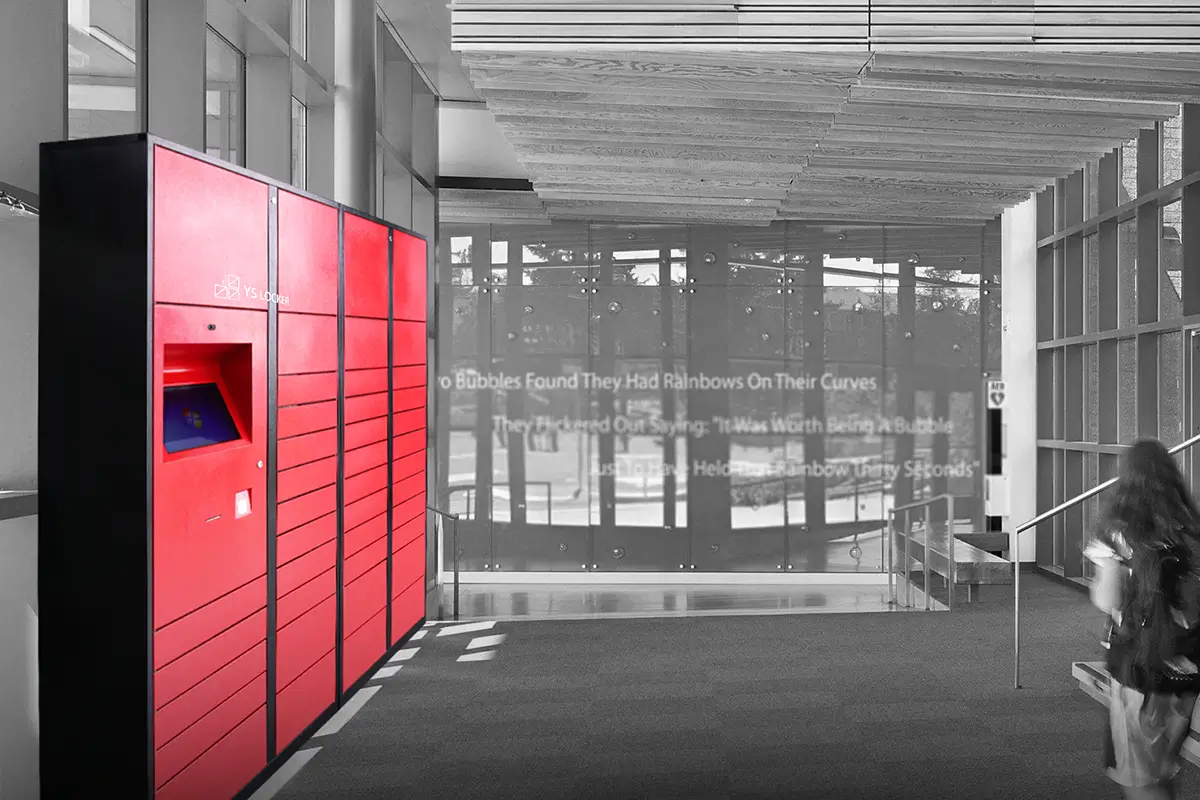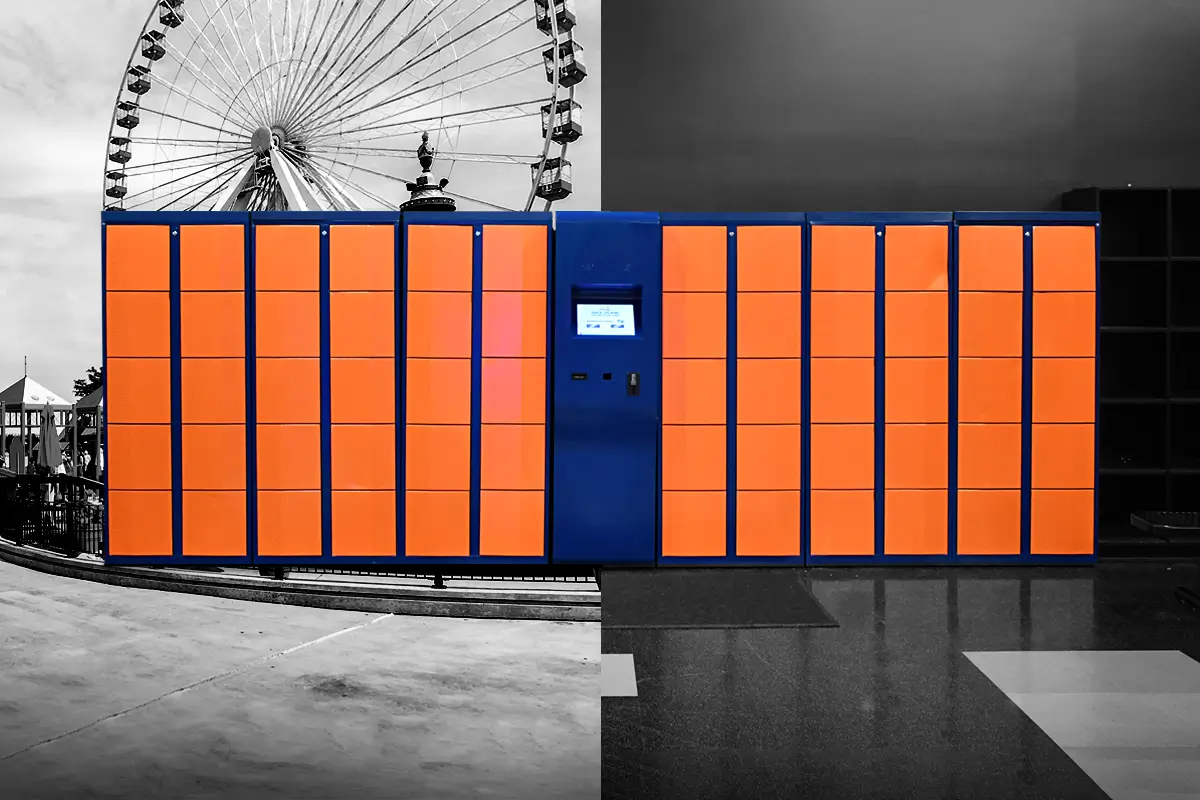Maintenance Requirements for Customized Lockers
Customized lockers offer tailored solutions to meet specific needs, but they also require proper maintenance to ensure longevity and functionality. Here are some key maintenance requirements for customized lockers:
1. Regular Cleaning
Exterior Cleaning: Wipe down the exterior surfaces with a damp cloth and mild detergent to remove dust, dirt, and smudges. Avoid abrasive cleaners that could damage the finish.
Interior Cleaning: Clean the inside of the lockers periodically to prevent the buildup of debris and odors. Use a mild cleaning solution and ensure the lockers are completely dry before use.
2. Inspection of Locking Mechanisms
Regular Checks: Frequently check the locks (whether key, combination, digital, or biometric) to ensure they are functioning correctly. Look for signs of wear or damage.
Lubrication: Apply a suitable lubricant to mechanical locks and hinges to ensure smooth operation. Avoid over-lubrication, which can attract dust and dirt.
3. Ventilation Maintenance
Clear Vents: If the lockers have ventilation features, make sure these vents are not blocked by dust or debris. Clear any obstructions to maintain proper airflow and prevent odors.
4. Surface Maintenance
Touch-up Paint: For lockers with painted finishes, keep touch-up paint on hand to repair any scratches or chips. This helps prevent rust and maintains the locker’s appearance.
Rust Prevention: Regularly inspect metal lockers for signs of rust, especially in high-humidity environments. Treat any rust spots promptly with rust remover and repaint if necessary.
5. Hardware Checks
Hinges and Screws: Periodically check the hinges and screws to ensure they are tight and secure. Loose hardware can affect the locker’s stability and functionality.
Shelves and Hooks: Ensure that any internal shelves or hooks are securely attached and in good condition. Replace any broken or damaged components.
6. Customization Features
Integrated Electronics: For lockers with electronic features like charging stations or digital locks, perform regular checks to ensure these components are functioning properly. Replace batteries in electronic locks as needed.
Graphics and Decals: If the lockers have custom graphics or decals, ensure these are intact and not peeling. Clean gently around these areas to avoid damaging the custom designs.
7. Environmental Control
Humidity Management: In environments prone to high humidity, consider using dehumidifiers to reduce moisture levels. This helps prevent rust and mold growth.
Temperature Control: Avoid placing lockers in areas with extreme temperatures, as this can affect the materials and electronic components.
8. User Education
Proper Use: Educate users on the correct way to use the lockers, including how to operate the locks and avoid overloading the compartments.
Reporting Issues: Encourage users to report any issues or damages immediately so they can be addressed promptly.
Conclusion
Proper maintenance of customized lockers ensures their longevity, functionality, and appearance. By following these guidelines for regular cleaning, inspection, and upkeep, you can maintain the quality and performance of your customized lockers, providing a reliable storage solution for years to come.



